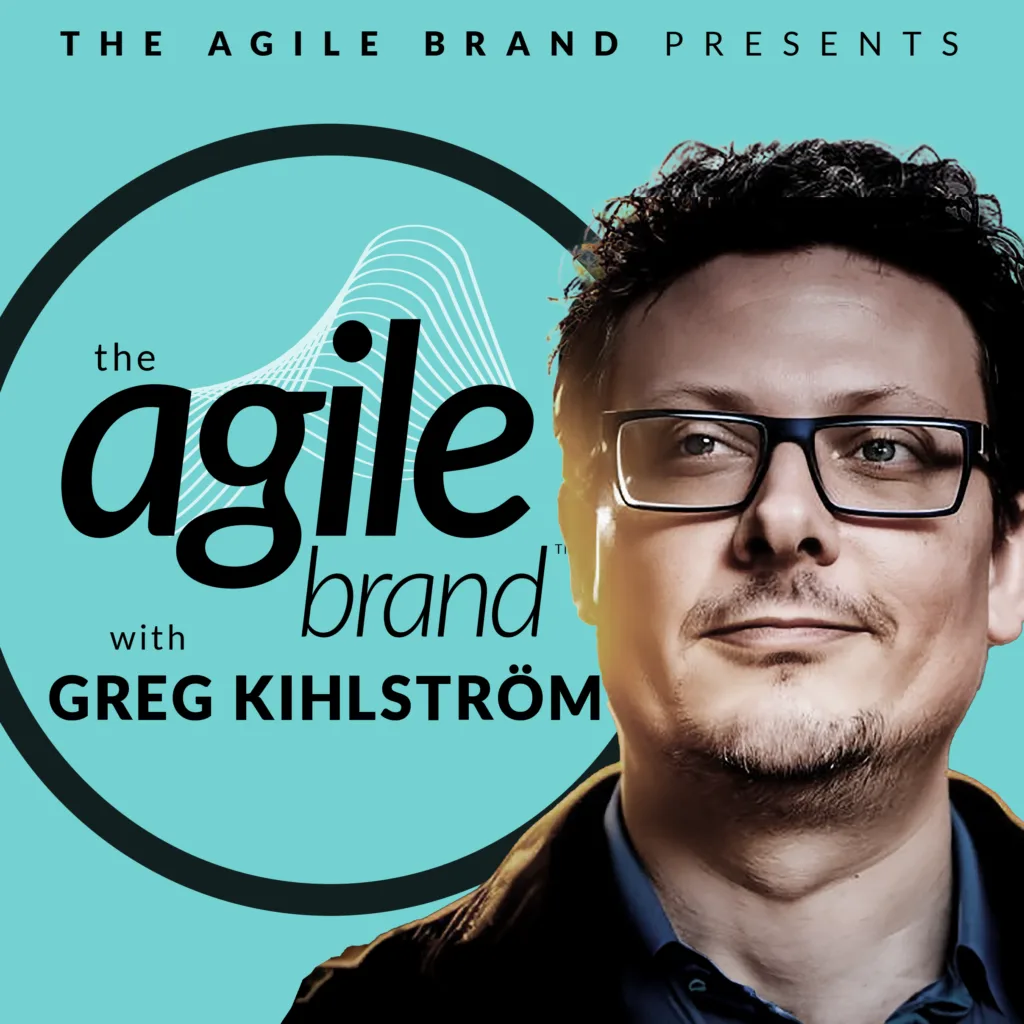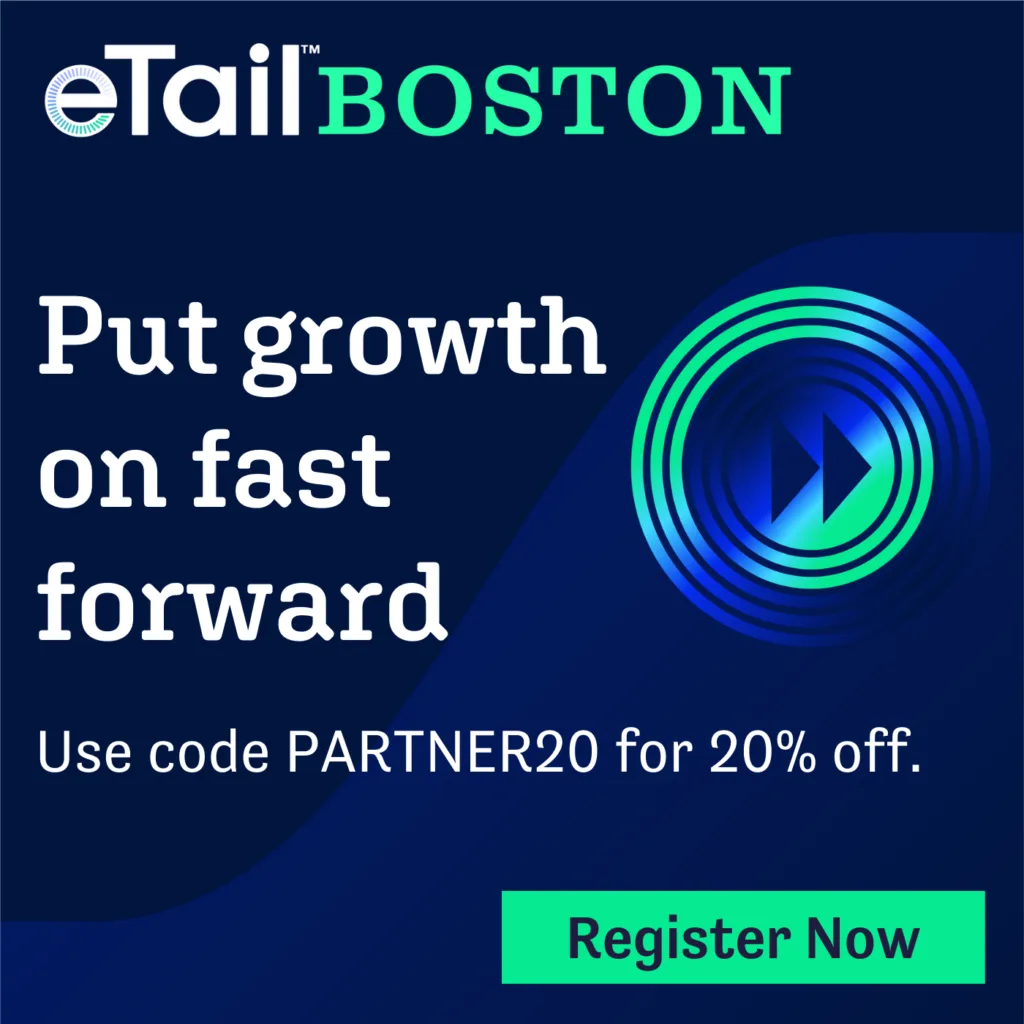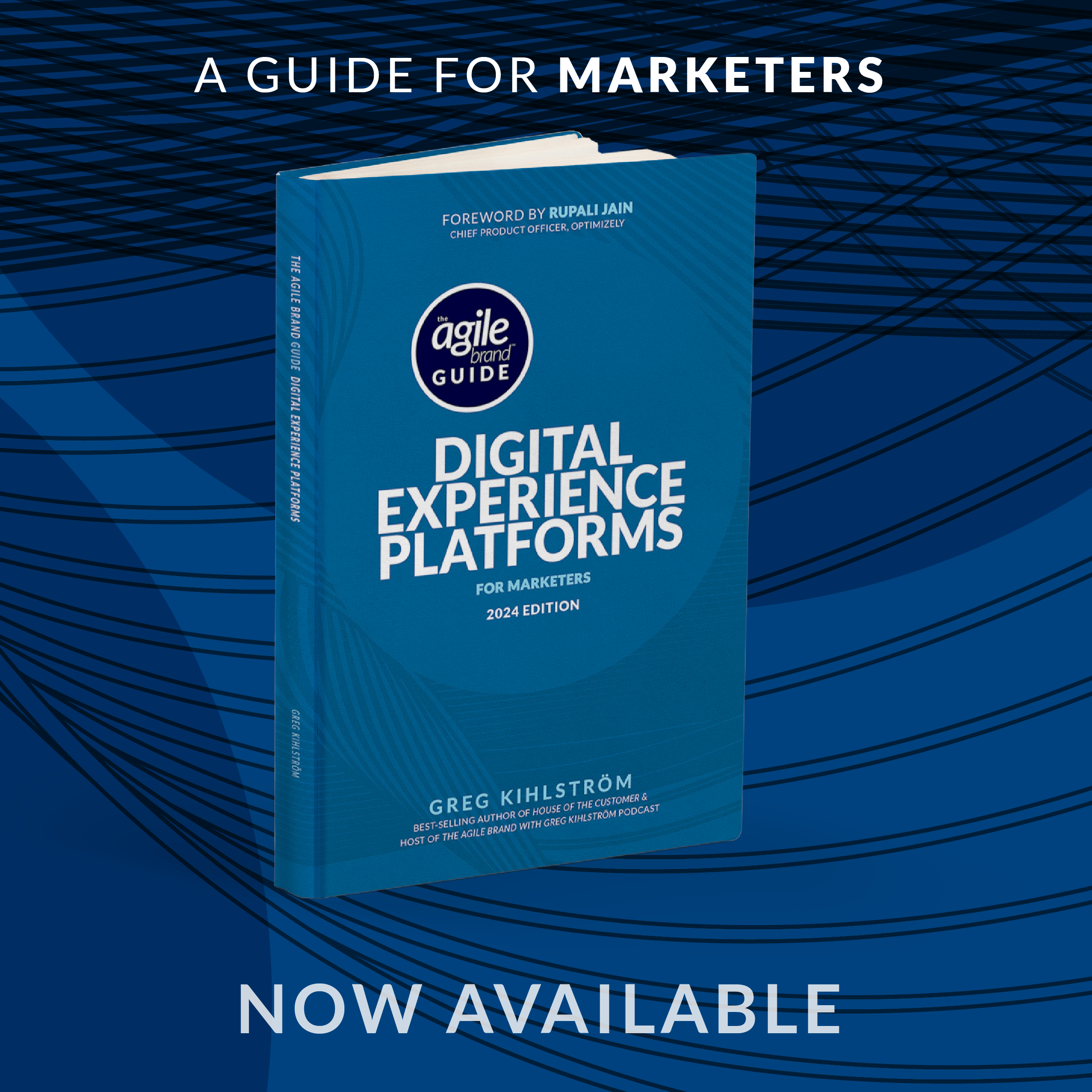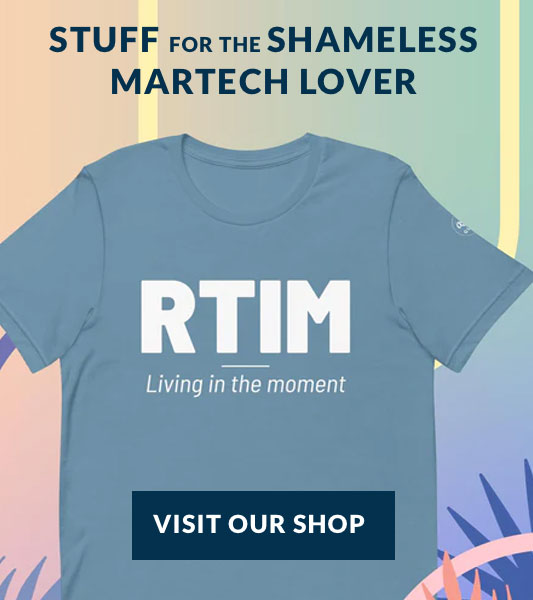We are here at PegaWorld iNspire at the MGM Grand in Las Vegas, Nevada we’ve been seeing some amazing things, including how AI can transform the enterprise, and been hands on at the Innovation Hub.
Church Mutual recently partnered with P3Fusion and Pega to build a unified CRM and Underwriting solution that transformed their enterprise operations with a streamlined approach that significantly reduced implementation time and cost. Today we’re going to talk about this and see what it takes to successfully deliver incremental value, reusability, and automation in the enterprise.
To help me discuss this topic, I’d like to welcome Rick Meehean, Director of Workflow Management, Church Mutual Insurance Company.
Resources
Listen to The Agile Brand without the ads. Learn more here: https://bit.ly/3ymf7hd
Headed to MAICON 24 – the premier marketing and AI conference? Use our discount code AGILE150 for $150 off your registration code. Register here: http://tinyurl.com/5jpwhycv
Don’t miss a thing: get the latest episodes, sign up for our newsletter and more: https://www.theagilebrand.show
Check out The Agile Brand Guide website with articles, insights, and Martechipedia, the wiki for marketing technology: https://www.agilebrandguide.com
The Agile Brand podcast is brought to you by TEKsystems. Learn more here: https://www.teksystems.com/versionnextnow
The Agile Brand is produced by Missing Link—a Latina-owned strategy-driven, creatively fueled production co-op. From ideation to creation, they craft human connections through intelligent, engaging and informative content. https://www.missinglink.company
Transcript
Greg Kihlstrom:
We’re here at PEGA World Inspire at the MGM Grand in Las Vegas, Nevada, and we’ve been seeing some amazing things, including how AI can transform the enterprise and been hands-on at the innovation hub. Church Mutual recently partnered with P3 Fusion and PEGA to build a unified CRM and underwriting solution that transformed their enterprise operations with a streamlined approach that significantly reduced implementation time and cost. Today, we’re going to talk about this and see what it takes to successfully deliver incremental value, reusability, and automation in the enterprise. To help me discuss this topic, I’d like to welcome Rick Meehean, Director of Workflow Management at Church Mutual Insurance Company. Rick, welcome to the show. Thanks, Greg. Yeah, looking forward to talking about this with you. Why don’t we get started with you giving a little background on yourself and your role at Church Mutual?
Rick Meehean: Yeah, so I spent 10 years in underwriting at Church Mutual. And then when we decided to take on the PEGA implementation, they asked that I come over and lead the effort from the business side. So working with the business, helping them develop requirements, coming along, understanding the system, and helping people through that. Great, great.
Greg Kihlstrom: OK. So yeah, came to the table with the almost hands-on knowledge, right? Yeah.
Rick Meehean: Yeah, the business knowledge, not the technical knowledge. Right, right. Yeah.
Greg Kihlstrom: Nice. So what were some of the challenges that you were trying to solve with this initiative?
Rick Meehean: Church Mutual has been around a long time, insuring religious institutions, nonprofits. You’ve been around a while, you get these legacy systems that have been around, right? And after a while, it’s no longer nimble. It’s slow to make changes. And with our customers now, right, expecting things quicker, we needed to move forward, be able to have the products that we needed, implement things quickly to be able to be responsive to our customers.
Greg Kihlstrom: Yeah. So what was the decision process like to partner with Pega and P3 Fusion? What did each kind of bring to the table for Church Mutual?
Rick Meehean: Yeah, so that was actually before I was on the project. There was other people at the company who handled that. I came on after those decisions were made, and they came and tapped me on the shoulder and said, hey, we’ve decided to go down this route. Can you come in here? But I do know that one of the big things for us was We want a platform that isn’t just for today. We want a platform that’s for the future. The company’s growing. We need to have a platform that’s going to grow with us and that five years down the road, we don’t find ourselves limited again. And so that was definitely a big thought in picking Pega is this is the platform, not just for today, but for the future of this company.
Greg Kihlstrom: Yeah, because it’s that technical debt, right? I mean, I’m sure that’s what you were living with and what Church Mutual was living with for years, it sounds like, right? Yes, yes. Yeah. So, you know, talk us through the process a little bit from, you know, when you were involved, you know, what were some of the key moments within the implementation?
Rick Meehean: Yeah, so we really kind of did a one-a-year implementation. Where we had found ourselves, though, is we had decided to put a new policy administration system in place. And that left us with a hard date of we had to have renewal workflow in place one year from that date. So when we started, we knew that, and that’s where we were heading. And so that was November of 2020 that we put that solution in place. And it allowed us to have a first time we had an automated workflow. where people didn’t have to trigger things or look at reports to trigger items. And that, to me, was a huge step. And then every year after that, we did an implementation. So the next year, we did a sales automation implementation. Then we came back and did work comp and auto policy renewals. And finally, customer service module. So each one of those being a big milestone.
Greg Kihlstrom: So that first one, could you talk a little bit about what was the manual, how many steps, and what did that look like pre-implementation?
Rick Meehean: Yeah, so we had a point where a person would get a report, and then they had to go and manually trigger a policy, and then they would do some setup on it, And they would have to decide, does it go to a person or where do we send it? And they would have to manually send it there. There was many steps in that process and many different roles. And so we really looked at it to say, are there any of these steps we can automate and where can we make the process much smoother?
Greg Kihlstrom: So the implementation with Pega involves, so it involves sales automation, customer decision hub, customer service, and some other technologies. Looking back, I mean, you mentioned about the forward thinking and lowering technical debt and all that kind of stuff. But, you know, why do you think that Pega was the right choice for this? And, you know, were there any unexpected benefits that weren’t anticipated?
Rick Meehean: You know, so one of the unexpected benefits that I see is this really started us thinking about things differently, right? We had to start to think about our processes differently. All of a sudden there’s all these new possibilities and we have to start to think about where do we apply these things to add benefit, right? There’s so much out there and just as business areas together, We all get together now and we think about things and talk about things way differently than we did when we first kicked this off. And that to me was an unexpected benefit. We thought, hey, we’re going to put this technology in place and we’re going to run our business. We didn’t think it’s going to change our whole mindset.
Greg Kihlstrom: I mean, it also sounds like sometimes there’s concern about automation kind of taking the human component out of it. I mean, just from what you just said, at least it sounds like you’re actually working more collaborative or maybe more constructively, collaboratively as a team. Is that, would that be safe to say?
Rick Meehean: Yes, we’ve definitely taken people from every department and now we have these people get together and talk about what’s going on in the process together. Because this isn’t siloed. What one area does, what underwriting does, impacts sales. What sales does, impacts customer service. What customer service does, impacts underwriting. And we really have people coming together now to talk about how they impact each other and what the best process is.
Greg Kihlstrom: Yeah, yeah. I mean, that’s pretty powerful because I think that’s where a lot of transformation stalls is, you know, the silos kind of, everyone talks about breaking down silos, but when it actually comes to it, it’s, it’s difficult to do. So that’s, that’s, that’s great to hear that, that that’s not the case. So, you know, in this, in this implementation, so, you know, we’ve got multiple parties, we’ve got P3 Fusion, we’ve got Pega, we’ve got the Church Mutual team. What was the internal team doing alongside those other partners?
Rick Meehean: So we had the business team who was coming up with requirements and thinking about how they wanted to re-engineer these processes. We had these processes for 25 years. So now we have to think about, okay, what can we do now? So we had the business areas getting together and talking about those types of items. P3 is building items out in test for us to look at and get demos of and think about, you know, how does this meet our needs? We also have IT, internal IT, who is finding data for us and pulling things in and getting it to the P3 team when they need it so that we make sure that all of this comes together. And that’s, Pega connects to other systems that are very important.
Greg Kihlstrom: Yeah, yeah. So, let’s talk about how we measure success and as well as looking forward a bit in achieving sustainable results. So how do you measure success? What are KPIs for something like this?
Rick Meehean: Yeah, so one thing that we’re looking at is adoption. So hey, are people using the system, right? Because we have to have them in there using it in order for it to run and to get the benefit out of it. So we look at that. We focus on, OK, how many transactions are we having people touch? You still need people to touch stuff, right? Are they touching the right things? You know, what percentage of items aren’t being touched by people? Is it the right amount? Are people touching the right things? And then, do we have all the workflows in there that we wanted, right? So, going into this, we said, here’s the types of flows that we want to put in here, the ones that are around policy issuance. And yes, we have all of those in there, and all of the impacted areas are in there, and everybody’s using it.
Greg Kihlstrom: Yeah. How have internal teams’ roles changed or have they changed with this transformation?
Rick Meehean: Yeah, the internal team roles have definitely changed, right? So we had people who were setting up policies before. They don’t need to do that role. There’s still, there’s plenty of other things that we need them to do, right? We need to focus on changes to policies. We need to focus on other items where you need a person to jump in and bring their expertise. So it’s the nice thing is it’s some of the stuff that they don’t have to touch now has freed them up To spend the time on that stuff. So that stuff isn’t running behind where you have all this other work piling in there And so that that has been amazing and really allowed teams to focus on the work that they need to accomplish
Greg Kihlstrom: And I mean, that sounds like the more valuable stuff for a human to do, right? It’s like, let people do what people do best and machines do what machines do best, right? Yes, absolutely. Yeah, yeah. Yeah, that’s great. So what about taking things forward? So, you know, you mentioned that you’re on a yearly kind of cycle here. How does Church Mutual look at not only future roadmap, but also just sustainable results, so continuing to improve, whether it’s efficiency or whatever the case may be?
Rick Meehean: Yeah, we have two things in place. So we have a really robust enhancement process in place. When we launched this, it was never the idea to say, we’re going to launch this, the project closes, and it’s done. We know that this tool needs to be constantly tweaked and maintained, right? If you want to get the most out of it, you find the next problem, and you go ahead and do something about it. So we have an enhancement process where the business comes forward with items and we all get together, one person from each business area, and we prioritize items together. And so we have a team that specifically works on what I call small to medium enhancements, right? This is nice, but it would be a little bit more efficient for me if you did this, right? Or, hey, now I need to do this step in this workflow. We just need to add this one step. And then we also have separate people that we work with for bigger type items. And so now we’re laying out, okay, we have this great foundation. What are all the other things that we want to do? And so we do have additional plans. And some of the things that we’re focusing on are, are there ancillary processes or workflows to what we have in there that we can start putting these in here, bringing additional people in and continue to get more value there. And then the other thing is that there’s still items that, when people get it, they have to go somewhere else to get information. They have to go somewhere else to find something to make a decision. And what we want to start to focus on is bringing those items to the person in the system, so that when they open it in the system, they have just about everything that they need, right? Except for one-off situations.
Greg Kihlstrom: Yeah, yeah. So how do you look at prioritizing? I mean, that’s a lot, right? So you can’t do everything at once, of course, but you know, how do you look at Like what are some of the metrics or data points or whatever that you use to prioritize what gets done when?
Rick Meehean: Yeah, so we look at a number of transactions that are going to be impacted. Is there a compliance related item? So if a state put some sort of new regulation in place that we have to comply with, that’s something we have to jump on very quickly, right? What’s the complexity of the item that we’re going to put in there? So it could be a smaller volume, but the complexity is high. And so if we can help automate that, it’s really going to improve what happens throughout the process.
Greg Kihlstrom: Oh, this is great. And you know, it really is. It’s great to hear that the team is working differently and better and more collaborative. You know, a lot of times you kind of it’s it’s more of the same or it’s different. You know, it’s the same same dysfunction, different platform or something like that. So, I mean, it sounds like there’s actually better ways of working. So, I mean, that’s what you would you characterize it that way?
Rick Meehean: Yeah, I would definitely say that there’s definitely better ways of working. Things have evolved over the years and we got to look at those processes. And, you know, it’s nice that at Church Mutual we’ve had really good executive support to look at doing things differently and what’s the best way to do things to come up with the best outcome.
Greg Kihlstrom: Yeah, that’s great. Well, Rick, thanks so much for joining today. One last question before we wrap up. So we’re here at PegaWorld. What’s been a highlight for you so far?
Rick Meehean: Man, there’s so much stuff here, right? Yeah, yeah. You know, to me, the generative AI capabilities like the buddies, I can already start to think about use cases that we have back at the office where we’re going to be able to really help people, help our customers so much quicker.
Greg Kihlstrom: That’s great. Well, again, I’d like to thank Rick Meehean, Director of Workflow Management, Church Mutual Insurance Company, for joining the show. You can learn more about Rick and Church Mutual by following the links in the show notes. Thanks again for listening to the Agile Brand, brought to you by Tech Systems. If you enjoyed the show, please take a minute to subscribe and leave us a rating so that others can find the show more easily. You can access more episodes of the show at www.GregKihlstrom.com. That’s G-R-E-G-K-I-H-L-S-T-R-O-M.com. While you’re there, check out my series of best-selling Agile brand guides covering a wide variety of marketing technology topics, or you can search for Greg Kihlstrom on Amazon. The Agile brand is produced by Missing Link, a Latina-owned, strategy-driven, creatively-fueled production co-op. From ideation to creation, they craft human connections through intelligent, engaging, and informative content. Until next time, stay Agile.












